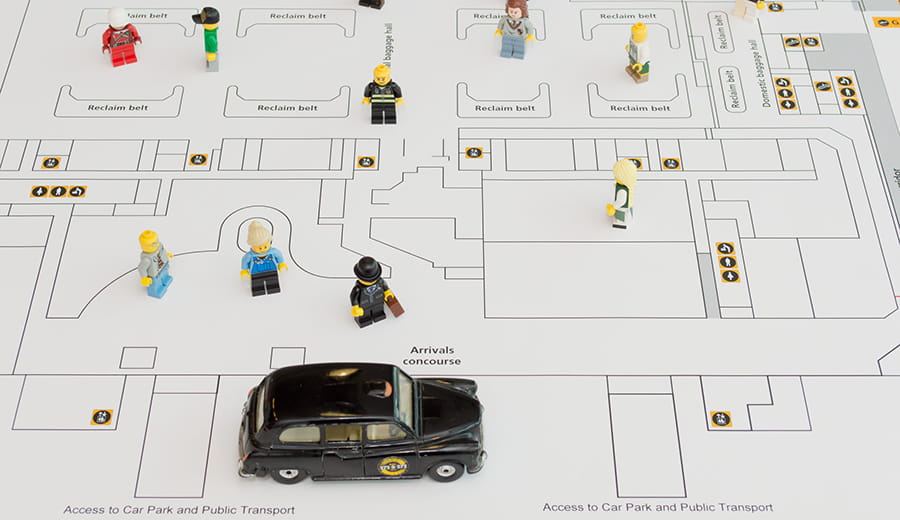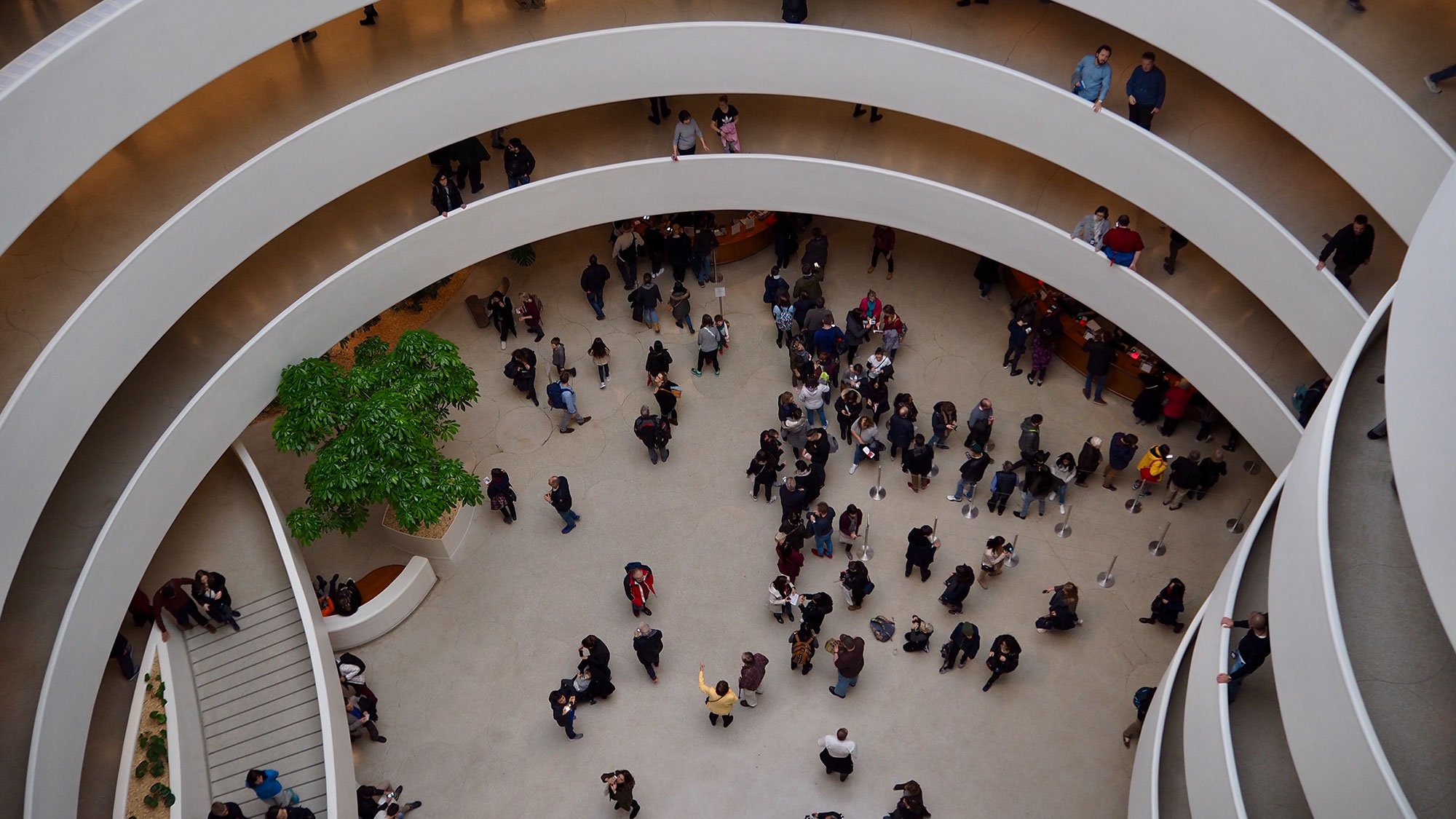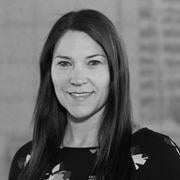As many organizations navigate a return to business under the evolving pressures of the global COVID-19 pandemic, there are numerous questions that remain unanswered. While firms scramble to answer and support their clients’ reopening ambitions, few are stopping to consider if the right questions are being asked. Designers and consultants at Arup are taking a more holistic view.
Starting with Arup’s Operational Readiness Activation and Transition service (ORAT), a tried and tested multidisciplinary method that de-risks the activation of new services or facilities, Arup’s experts, including Americas ORAT leader Jane Goslett, Global Director of People & Change Rob Jones, and Americas Foresight and Design Strategy leader Francesca Birks, are viewing the current and post-pandemic landscape through a different lens. Embracing principles of resilience alongside strategic change methodologies will enable companies to approach reopening as a staged process that facilitates learning, adaptation, and long-term organizational health.
Traditionally, ORAT has focused on day-one activations. How can we think about the same principles and adapt them to more drawn out processes of adaptation?
Jane: Yes, ORAT generally focuses on a day-one opening, but it’s the planning, testing, and fundamental understanding of the organization — their requirements, their people, their processes — ahead of time that gets you to that day one.
When you apply that to something like the post-COVID timeframe or long-term resilience, you are likely to have “waves” — different operating states, each with different “day ones.” We’re advising companies to look at this as a continuous learning cycle.
2003 Special Olympic opening ceremony
Rob: ORAT has always been about a strategic change process, one that has a defined outcome that has a significant risk for the client, whether it's the opening ceremony of the Olympic Games, the opening of an aviation terminal or a railway station, or the phased reopening of an office building. ORAT drives integration — it brings all the threads together and focuses them on one single outcome.
With that in mind, it’s important to understand that ORAT is agnostic of organizational accountability. If you look at the classic situation of the capital program transitioning into the operating asset, ORAT plays the role of integrator. It’s the third voice who doesn't have a foot in either camp, which makes it easier to be the single source of truth about your transition from delivery into operations.
Additionally, it's defined by the outcomes an organization is trying to achieve, for example behaviour or cultural change, operational performance improvement, or digital transformation. Often you might have multiple outcomes, which means a lot of ambiguity, and I think that relates a lot to what Jane is saying about different operating states. When we lay the resilience cycle over the strategic ORAT change management approach, we can clearly see a process of response, recovery, adaptation, and transformation that will deliver different outcomes at each stage.
For instance, early operational states like response and recovery might produce outcomes along the lines of incident and crisis management, scenario planning for short to medium term, and impact analysis. Adaptation will apply to supply chains, staff and training, and processes and systems, while transformation might include bigger picture items like service or business redesign and an update to your business strategy.

Jane: You're right. It’s about a holistic approach to that change process. Put simply it’s about asking, “Where are you now? Where are you trying to get to? What is the likely impact on your process, people, assets, and technology and how do you minimize that impact through training, familiarization, and testing?”
Right now, for instance, people are focusing on specific questions like, “How do we get back into our place of work?” Lobby operations are one piece of that puzzle, so we might model that, and end up with one piece of an answer — a plan for layouts, spacing, and queue mazes. You can’t make decisions on that, however, because you must consider the people component, the implementation of those models, the potential additional resources and role changes, and the training necessary to make those a reality.
Francesca: That bringing together of people, process, and place is key to understanding the benefit of ORAT. The value is in the extent to which it brings a strategic overlay and recognizes our clients’ assets as things that are inherently valuable and worth planning for, in terms of transition from capital investments to the operational running of things.

If so much hinges on the outcomes, can you talk about how those expectations may be changing in the current pandemic and what a post-pandemic approach might look like?
Francesca: For starters, what we're seeing globally is a massive shift in behaviours. And that's part of what we're trying to figure out. So, if the behaviours of end users are changing — either temporarily or permanently, then you need to revisit the design intent of your project or business. And if you're revisiting the design intent then you need to revisit the operational plan.
Jane: That's exactly it. The behaviours and the ways of working are the fundamental future shift. With each wave, or different operating state, we're going to become more adaptable. That’s how we’re going to get people to a comfortable “new normal,” even if that new normal isn’t constant.
Rob: The “new normal” post-pandemic conversation is interesting. I think for all the claims that “the era of the office is over,” a workplace isn't just a place to go and do work. It's a place to commune and collaborate and innovate. I'm not convinced the new normal is going to be any different from the old one, which is why this concept of adapting continuously, adapting through the waves, is essential. When we started to talk about “ORAT for distressed operations” it was essential that we didn’t start with our services and offerings. We start with the desired outcomes and the existing COVID challenges, then ask how we can apply our current methodologies and services. This isn't about, we've got one answer, have you got the question that matches our answer?
Francesca: This has also pushed us to look at resiliency, and resiliency is about the ability to bounce back or cope with a new situation. Inherent in that idea is flexibility. Through the pandemic, some organizations were faced with the harsh reality that they were not as flexible as they thought. In the future, all sectors, from the workplace to education to healthcare, are going to need operational plans to ensure they are more resilient — a process that is much more akin to evolution than a singular complete transformation.
We start with the desired outcomes and the existing COVID challenges, then ask how we can apply our current methodologies and services. This isn't about, we've got one answer, have you got the question that matches our answer?
You’re saying this concept of a “new normal” is not useful, but could we argue that a focus on resilience is a sort of new normal in and of itself?
Rob: Resilience has become a buzzword, but for good reason. A resilience cycle, which has this kind of transformation, also has a recovery phase. We call ORAT a strategic change methodology, which is an approach that is applicable across all scales of change, which makes it very applicable for resilience conversations.
Francesca: What is so elegant about ORAT is that you can plug in the different capabilities depending on the client requirements and expectations. So, we could say that a focus on resiliency is a defining aspect of a new normal, but that’s also dependent on the original point of defining the expectations and the desired outcomes.
Jane: That's a good point. What the ORAT approach allows is a resilience overlay in the beginning at that strategic stage, what we refer to as the “blueprint.” It enables the thinking for how an organization will build adaptive capacity and other resiliency measures into its processes and identity. It's by no means the answer to everything, but it provides the framework to ensure that all those components are addressed, bringing together the relevant experts across organizational structure, technology, resilience, strategic visioning, supply chain, health and wellbeing, and many other factors.
You noted ORAT is about the process, that it enables conversations to happen. How can ORAT influence the implications of communication in the current and post-COVID world?
World Trade Center station, New York
Jane: Communication across a lot of different platforms is fundamental to ORAT. For starters, stakeholder engagement is at the heart of the operational readiness program process, so that’s where Francesca’s skillset in design strategy is key, to define that vision so we can determine a delivery plan.
These days, working remotely means communicating quite differently, so how have we enabled that with technology? But also, it's all the other questions about what kind of information needs to be communicated and when. How are organizations making sure that their workforce is equipped to deal with change?
Francesca: It’s always surprising, the extent to which teams don't communicate. That’s usually one of the changes we are trying to enact through ORAT, facilitating future communications within an organization, as well as facilitating communications during that change process itself. It is essential in the simplest of times, but even more so in times of uncertainty, that communications are clear. We know that when you engage stakeholders at all levels, they're more likely to commit. In this period where we're disconnected from each other you need to communicate even more to ground them.
Rob: What goes hand-in-hand with communication and is one of the biggest opportunities and challenges of this situation, is leadership. If you look at the ORAT methodology, leadership sits smack bang in the middle. ORAT provides a framework for leaders to communicate and engage, to be honest and authentic, and most of all proactive. In the current environment, people everywhere are making difficult decisions and the economic challenges are not going to go away overnight. So, these ideas and processes, while they may seem simple, are incredibly important to planning for and achieving the future you want.
 ;
;


